Puget Sound gumweed, a member of the sunflower family (Asteraceae), is a native, perennial, tap-rooted, herbaceous to semi-woody subshrub that grows 8 to 40 inches tall. The stout, branched stems are leafy, upright or reclining on the ground but with tips ascending, and are generally covered in long, soft, shaggy but unmatted hairs. Puget Sound gumweed is a locally common wildflower found along beaches, rocky shores, wet meadows, wetland prairies, ditches, pastures and salt marshes. It tolerates poor, sandy to clayey and saline soils, and prefers full sun to light shade and moist soil. Description from USDA
Home > Plant Guide >
Scientific Name
Family
Garden Type
Wildlife
Native Plant Region
Light needs
Water Needs
Plant Type
Bloom Color(s)
Height
Width
Months in Bloom
Safe Beneath Power Lines?
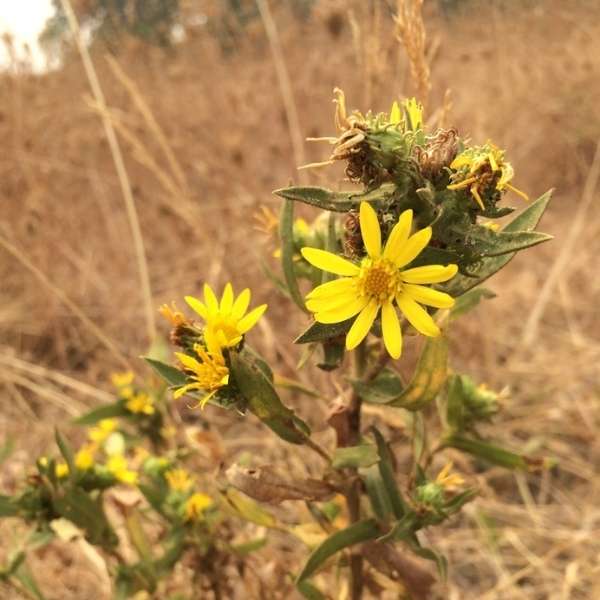
We’d like to maintain accurate and robust plant listings. If you see information that is not correct or that could be added to improve the listing, please let us know. Or if you’d like to suggest a plant to add to our plant guide, you can use this form do so. Thank you!
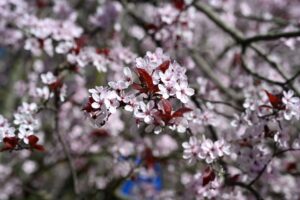
Gardeners can check out seeds for free from the library to plant. Then after harvest, gardeners bring seeds back to the library for others to enjoy in future growing seasons.
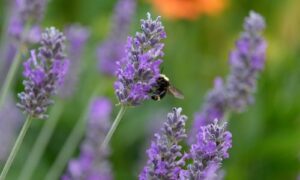
Check out our list of local wildlife-supporting plant stores and nurseries, organizations, and community science opportunities.
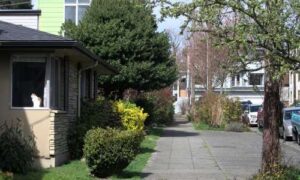
Do you wonder how a cat can be happy indoors? This presentation will give you a better understanding of cat behavior and the confidence that an indoor cat can be a happy cat.
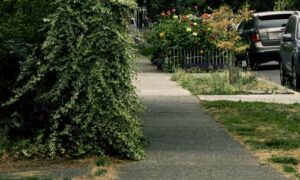
Start a garden in a planting strip along the street. Explore our interactive corridor map, find what to grow, and start nurturing today.
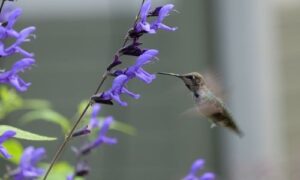
Protecting the trees and other vegetation that what we currently have is perhaps the most important way to ensure biodiversity in cities.

Do you want to plant a tree, create butterfly habitat, or start a vegetable garden but don’t have a yard? Learn how planting strips are a great place to start your own garden!
Nature of Your Neighborhood is a collaboration between Birds Connect Seattle, the Capitol Hill EcoDistrict, and the Seattle Bird Conservation Partnership. Our goal is to foster relationships between the people and the nature of their neighborhoods.